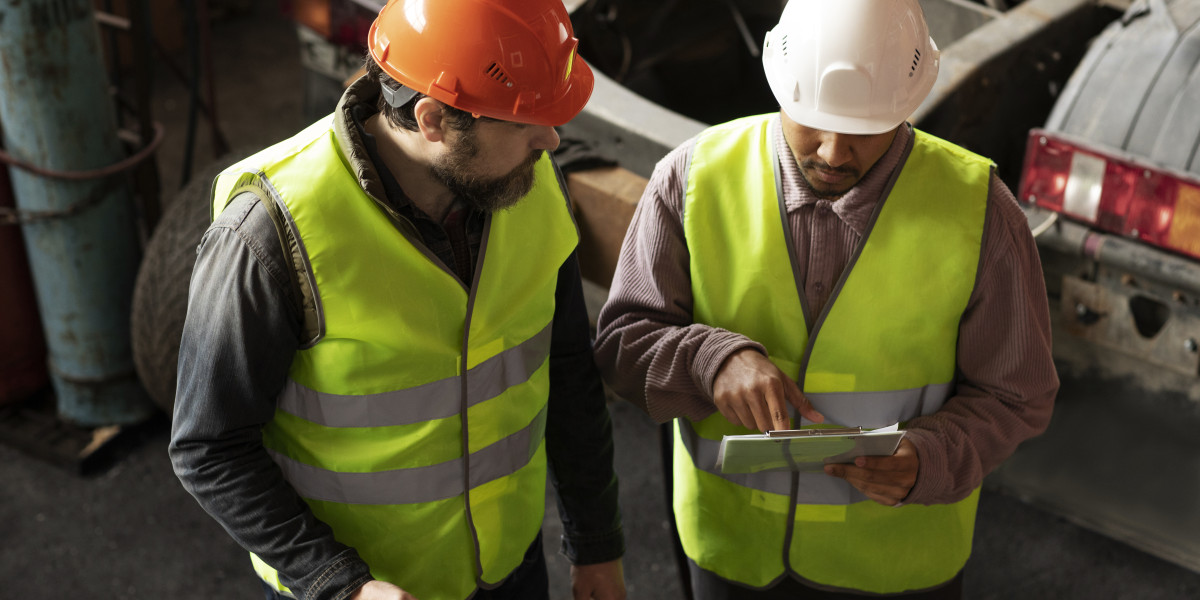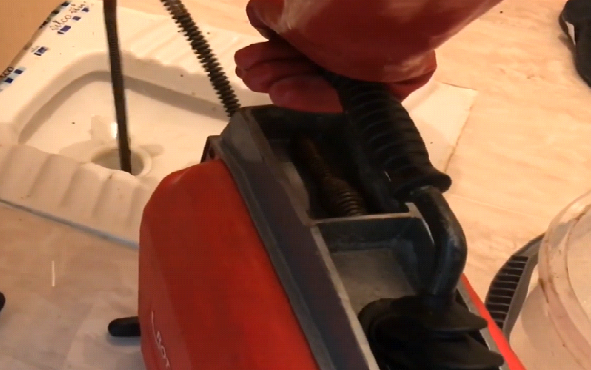In every workplace, safety is not just a protocol—it’s a promise. A promise that every worker who clocks in will return home just as healthy as they arrived. Whether it's a construction site, manufacturing plant, chemical lab, or office environment, benchmarking risk profiles plays a critical role in achieving that goal. It’s not just about ticking off a checklist for compliance; it’s about understanding real hazards and ensuring consistent improvements in safety.
Let’s walk through why benchmarking these risk profiles is essential for workplace safety, how it can support compliance, and how organizations can implement this strategy effectively.
The Safety Officer: Your First Line of Defense
Think of a Safety Officer as the lighthouse keeper of the workplace—always watching, always guiding, always ready. Their job isn’t just about writing reports or enforcing rules. They carry the responsibility of analyzing risks, managing incidents, and continuously looking for ways to reduce hazards. Benchmarking risk profiles gives Safety Officers a powerful tool to make informed decisions that protect everyone.
A real-life example: Farah, a Safety Officer in a garment factory in Lahore, noticed a trend of minor cuts and slips in one section. By comparing their incident rates to industry benchmarks, she realized their performance was below average. That data allowed her to implement sharper controls—like anti-slip flooring and proper gloves—which brought down incidents by 40% in just a month.
What is a Risk Profile?
Before we dive into benchmarking, let’s break down what a risk profile actually is. Simply put, it’s a snapshot of all the hazards in a workplace, along with the likelihood of them happening and the severity of their potential impact. It’s like a risk fingerprint—unique to each business and constantly changing with time, equipment, processes, and people.
Why Benchmarking Risk Profiles Matters
Now that we understand what a risk profile is, let’s talk about benchmarking. It means comparing your own safety and risk data against industry standards, legal limits, or even peer organizations. Why does this matter? Because you can’t improve what you don’t measure.
Helps Identify Hidden Risks
Benchmarking can bring hidden or underestimated risks into the spotlight. Let’s say your warehouse has experienced only minor forklift accidents, but the frequency is above the national average. Without benchmarking, you might consider those incidents “normal.” With it, you recognize the need for better driver training or layout redesign.
Improves Regulatory Compliance
Every workplace needs to follow certain safety regulations, whether local, national, or international. Benchmarking risk profiles helps align internal safety standards with those regulatory requirements. This reduces the risk of fines, shutdowns, or—worse—severe injuries.
Encourages Continuous Improvement
Workplace safety isn’t a “set it and forget it” activity. It evolves. By benchmarking regularly, Safety Officers can track improvements, celebrate progress, and identify areas needing more attention.
Builds a Culture of Accountability
When workers know that their safety performance is being measured against real-world standards, they tend to take it more seriously. Benchmarking encourages a safety-first mindset that starts from leadership and runs through every team.
How to Benchmark Risk Profiles: A Step-by-Step Guide
If you’re wondering how to get started, here’s a clear and actionable path:
Step 1: Collect Internal Risk Data
Start by gathering all data related to workplace hazards, incidents, near-misses, and routine inspections. This includes reports filed by workers, Safety Officer notes, and records from audits.
Step 2: Classify and Prioritize Risks
Use a risk matrix to assess and score each hazard based on its likelihood and severity. This will help you determine which risks need immediate attention.
Step 3: Find Benchmark Sources
Look into industry standards, national safety reports, or specialized hazard databases. For instance, the OSHA or NEBOSH guidelines can offer reliable benchmarks for a variety of industries.
Step 4: Analyze and Compare
Compare your risk levels to those from your benchmark sources. Are your injury rates higher than others in your field? Are your hazard controls stronger or weaker?
Step 5: Create Actionable Insights
Use your findings to develop targeted safety plans. This might include new training modules, equipment upgrades, or revisiting emergency protocols.
Step 6: Communicate Results
Share these insights with your team. Transparency helps in building trust and also gets everyone involved in solutions.
Step 7: Reassess Periodically
Benchmarking isn’t a one-time event. Set a schedule—quarterly or annually—to reassess and update your risk profile.
Real-Life Impact: A Construction Site Example
Consider a medium-sized construction firm that began benchmarking its fall-related injuries. They discovered their fall incident rate was 30% higher than the national average. By investigating further, they realized that employees weren’t consistently using harnesses at certain heights. After retraining staff and enforcing stricter checks, their fall incidents dropped drastically within three months.
This wasn’t just compliance—it was life-saving action prompted by benchmarking.
Challenges You Might Face (and How to Overcome Them)
Benchmarking risk profiles isn't always easy. You may face these challenges:
Lack of Data
Smaller businesses may not have detailed records. Start by tracking even basic information—every bit counts.
Resistance from Staff
Some workers may see benchmarking as micromanagement. Involve them in the process early on and emphasize how it protects them.
Inconsistent Standards
Different benchmark sources may have different metrics. Choose one trusted industry benchmark and stick with it for consistency.
The Future of Benchmarking in Workplace Safety
With digital tools and AI-powered safety software becoming more accessible, benchmarking risk profiles is evolving. Soon, businesses will be able to predict hazards before they happen. Smart sensors, real-time data dashboards, and predictive analytics are the next frontier of workplace safety.
And who will be leading the charge? The Safety Officer, equipped with data, insight, and a deep commitment to protecting lives.
Safety Isn’t Just a Rulebook—It’s a Strategy
Benchmarking risk profiles transforms safety from a passive set of rules to a proactive strategy. It helps organizations stay compliant, reduce hazards, and protect their most valuable asset: their people.
If you’re still unsure whether it’s worth the time or resources—just remember the story of Farah, the Safety Officer. One small benchmarking insight turned into a major win for worker safety. That’s the power of data when used right.
And if you’re based in South Asia, check out Safety Courses in Pakistan to level up your team’s skills and compliance readiness.
Final Thoughts: Confidence Through Clarity
At the end of the day, safety isn’t just about meeting standards—it’s about peace of mind. When you use benchmarking risk profiles, you’re not guessing. You’re making decisions backed by data, guided by comparisons, and focused on real-world improvement.
So whether you're a manager, a business owner, or a Safety Officer, take benchmarking seriously. It’s more than a best practice. It’s the difference between hoping things go well—and ensuring they do.








